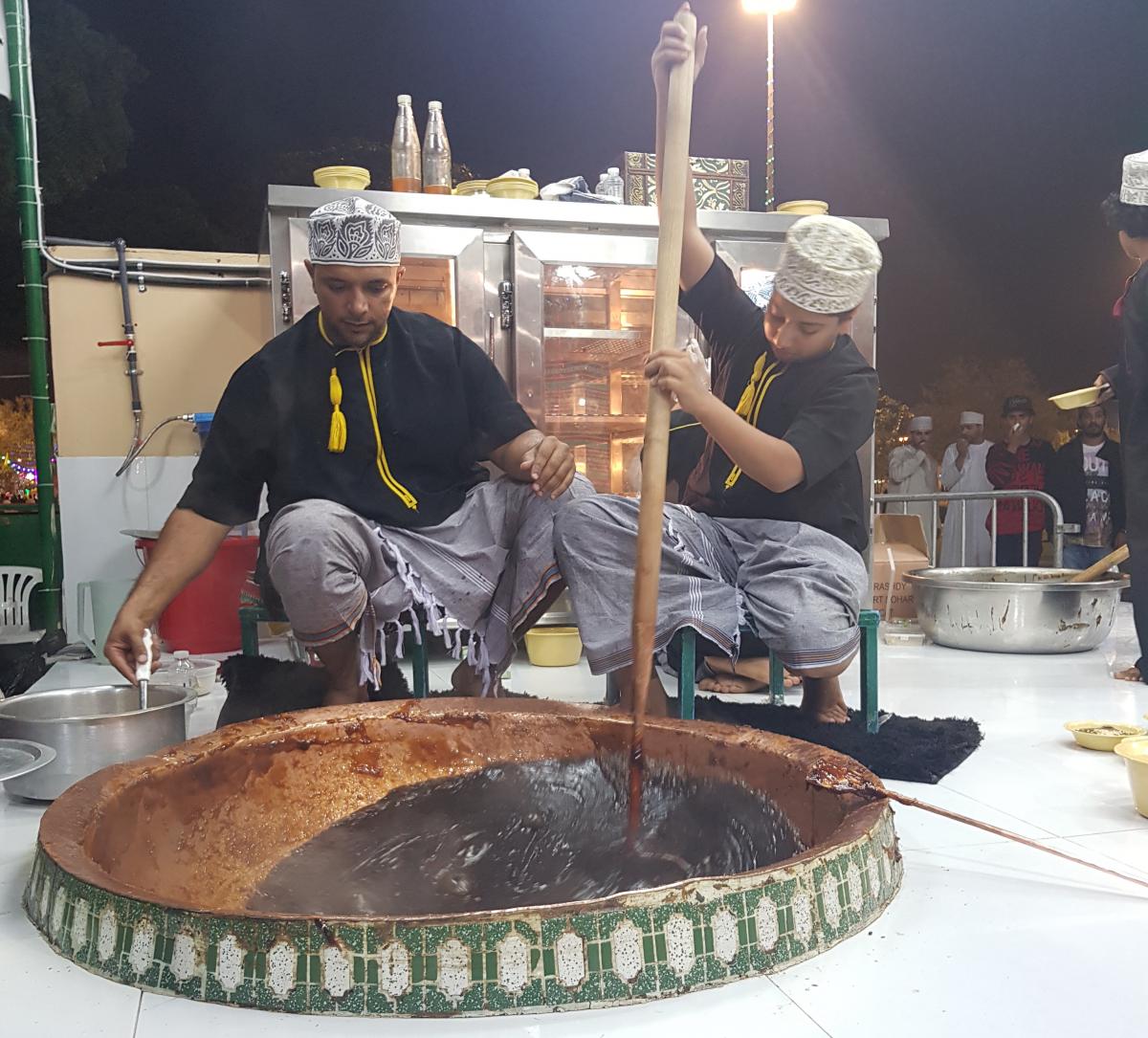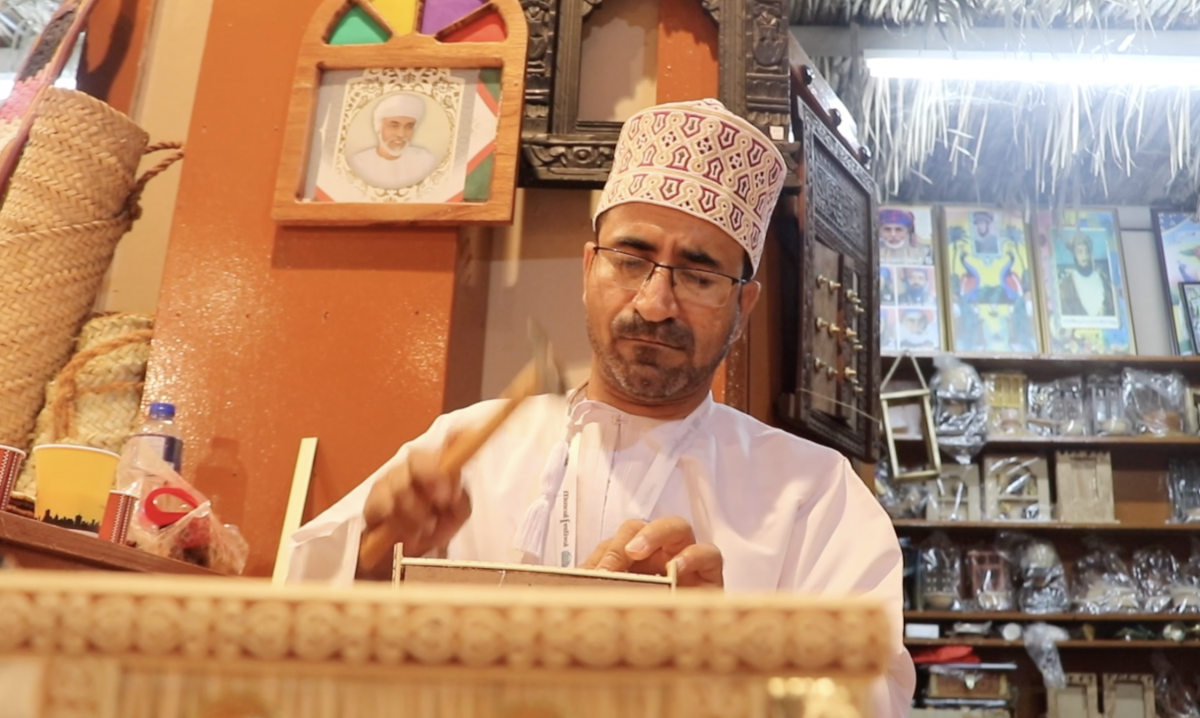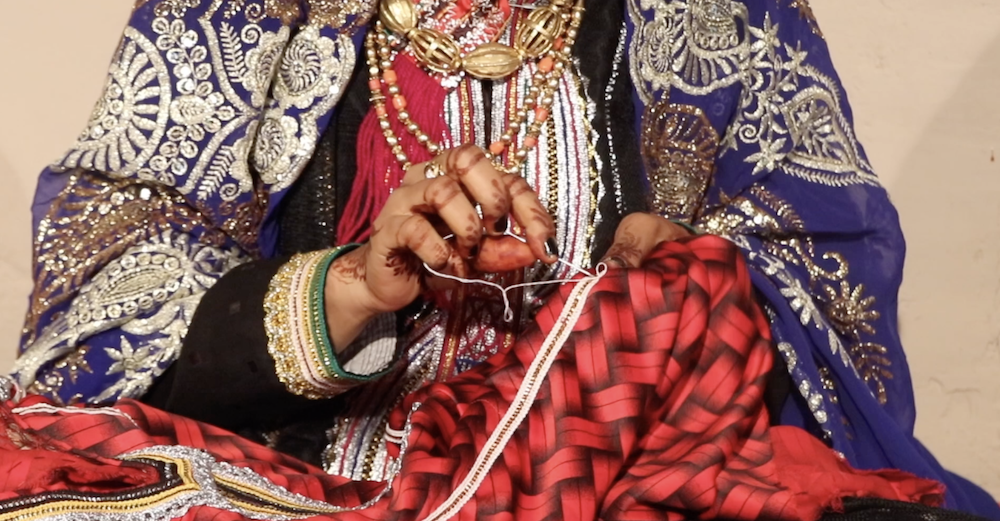While much of the Gulf region might be dominated by a panorama of towering skyscrapers and some of the most opulent five-star hotels, there remains one Arabian gem that can reconnect you with the rich and diverse heritage and traditions of a civilization that stretches back thousands of years: Oman - home to some of the Gulf’s most historic cities.
Ancient mosques, forts, and tombs tell a story about the battles, ideologies, and personalities that helped mould this distinctive part of the Middle East. Most of these architectural treasures receive visitors all year round and are among the most remarkable remnants of the pre-modern Islamic world. Within its historic cities, many astounding archaeological sites dot the country. Their origins exhibit Oman’s broad range of influences and layers of history, with some dating as far back as the Sassanid Empire, the last kingdom of the Persian Empire before the rise of Islam. No less than five sites in Oman have earned a place on the Unesco Heritage List.
Despite the remarkable developments that have taken place in Oman since its leader, Sultan Qaboos bin Said Al Said came to power in 1970, the country has maintained strong roots to its traditional arts and crafts. A long list of customs – ranging from music and dances that vary from region to region – continue to be strongly practised today. Oman’s diversity extends to its people: while the ancient ritual of bullfighting is still along the Batinah coast, the people of Sur further south possess a strong musical heritage that pays homage to their maritime past.
Every year, Muscat invites locals and tourists to experience this variety and diversity that gives each part of the Sultanate its own unique flavour during the vibrant month long Muscat festival.
The festival, which takes place during January and February, offers a unique chance to dance in the rhythms of traditional Omani music, fill your tummies with the delicious local delicacies, discover the country’s oldest professions and experience true Omani hospitality while going on an interactive learning experience.

Muscat festival began in 1998 and was designed as place to keep children entertained during the school holidays but over the years it has evolved. Today, the lure of this festival is equally as strong for all devout seekers of culture, history and family fun as the programme now encompass “culture, heritage, sports, entertainment, fashion and more”, Khaled bin Mohammed Bahram, Deputy Chief of Muscat Municipality, told Majalla.
“Heritage is the most important part of our Sultanate and collectively we take care to preserve and highlight it. We also try to develop it to keep up with the next ages," explained Bahram.
Countries from all over the world also take part in the festival with dance and acrobatic shows, allowing visitors to explore how diversity unites us all and strengthens the fabric of our society.
This year, Muscat festival recorded just under 1,000,000 visitors according to Muscat Municipality, the festival organiser.
As I walked through the Naseem Gardens and the Amerat Park, the two locations where the festival is held, the powerful and pleasant aromas of the burning Luban (Omani Frankinscence) tantalised my nostrils. A precious substance revered through the ages and a hallmark of Omani life, Luban is deeply entrenched in the culture, burned as incense in homes and offices and added to perfumes. The Luban makers I spoke to at the festival explained to me that the aromatic resin is also used for healing purposes to ease everything from inflamed joints to congestion and anxiety. Some are mild, others more evident, while some are particularly potent, but each one drew me in with a natural sense of inquisition as I figured out which ones would suit me best.
Like the exotic array of scents, the festival’s wide-ranging stalls, attractions and events beckoned my attention in many different directions. Another treat for my senses came in the form of a sticky, brown concoction made with almonds and farina, caramelised sugar, rose water, saffron and butter. Unquestionably the nation’s favourite sweet treat, Halwa is most often made by men with the recipe handed down from generation to generation and is usually served with a bitter cardamom coffee poured from a brass long-spouted coffee pot into tiny china-cup like bowls.
Ahmed Salem el-Habsi, a halwa maker of 22 years from al-Seeb, explained to me that it takes two and a half to three hours of constant stirring to make one batch of the beloved sweet.
While mixing the tough mass in a huge copper vat over a fire, el-Habsi explained why he cherishes his profession: “I inherited the trade from my grandfather and my uncle and I continued because we have to preserve our heritage and halwa making is a unique feature of our culture,” explained El-Habsi.

While the food, fragrances, rides and atmosphere were all distinct, what really set this festival apart for me was the opportunity to observe traditional artisans practice their inherited skills firsthand. The effortless skill that these artisans display is breathtaking and worth the visit alone. From speaking to several craftsmen and women, it was evident that craftsmanship is a source of national pride for many Omanis. The traditional crafts sector is thriving in-spite of globalisation and modern manufacturing techniques. As technology and machines have crept into every aspect of our lives, from how we communicate to how we work, many of us long for traces of human touch and delight in handmade. There is a bond between the consumer and the maker - the thumb mark on a Jihal pot (made to carry water), the hammer mark on a silver khanjjar (Omani dagger worn around the waist like a belt and forms part of men’s traditional dress), the chisel mark on a wooden Mandoo (a chest that is made in different sizes and is usually decorated or engraved that is the most famous wooden creation in Oman.) Crafts connect us to our history, strengthen local identity and unity, and empowers us creatively.

One such tradition that has not yet completely surrendered to machines is Al Sadu, a traditional form of weaving practised by Bedouin women in rural communities of the Gulf to produce soft furnishings and decorative accessories for camels and horses.
Across Oman, textile represents one of the most valuable economic contributions that women made to their society. It also played a central role in the social lives of traditional women. While effortlessly weaving the wool on a floor loom, traditionally made of palm or jujube wood, Sheikha al-Quraini from el-Siweeg explained to me that women dominate the industry and are involved in every part of the laborious process from preparing the raw materials to the weaving itself. It takes Al-Quraini, who has been perfecting her art since was 12 years, up to two and a half months to weave a two-meter long rug.
Traditional colours are black, white, brown, beige and red, with distinctive patterns in the form of narrow bands of geometric designs. “The dyes used are made from local plants such as turmeric, hibiscus and saffron,” al-Quraini explained.
Through the General Authority for Craft Industry, Oman has invested in preserving, developing and boosting the traditional textile industry. The authority established The Training and Production Centre for Textile and Embroidery in the Wilayat of Samail in Al Dakhiliya Governorate, a training centre that works to nurture Omani talents. This is just one of many craft houses set up across Oman to keep the handmade textile industry alive.

Muscat festival allowed me to immerse myself into Oman’s vibrant culture, and the more I learnt about the country, the deeper I wanted to dive into the landscapes and adventures it has to offer.
Like its neighbours, Oman is famous for its relentless sunshine and golden dunes, but the naturally extraordinary country is endowed with a beautiful landscape that is almost unmatched. From the Straights of Hormuz in the north to evergreen Dhofar in the south, the Sultanate of Oman’s extensive territory stretches over much of the east coast of the Arabian Peninsula and is home to majestic mountains, red dunes, expansive deserts, and over 2,000 km of coastline, offering spectacular natural environments each packed with their own ecosystems.
But Oman prefers a more understated and quiet elegance to its more well-known neighbouring countries. Low-rise buildings meet expanses of emptiness, red dunes merge into sharp mountains, the past blends with the present, tradition mingles with modernity, and a sense of enviable balance prevails.







